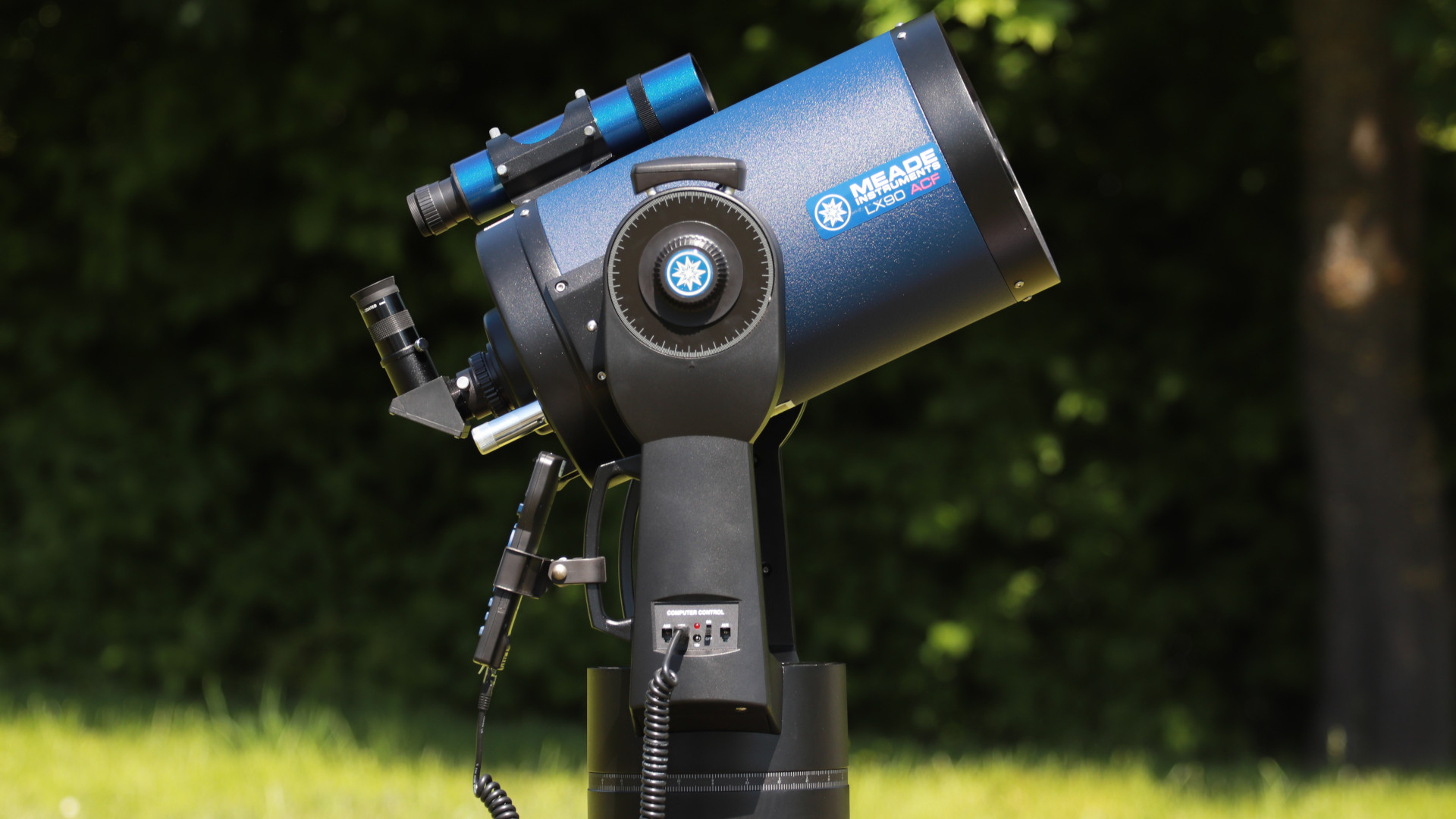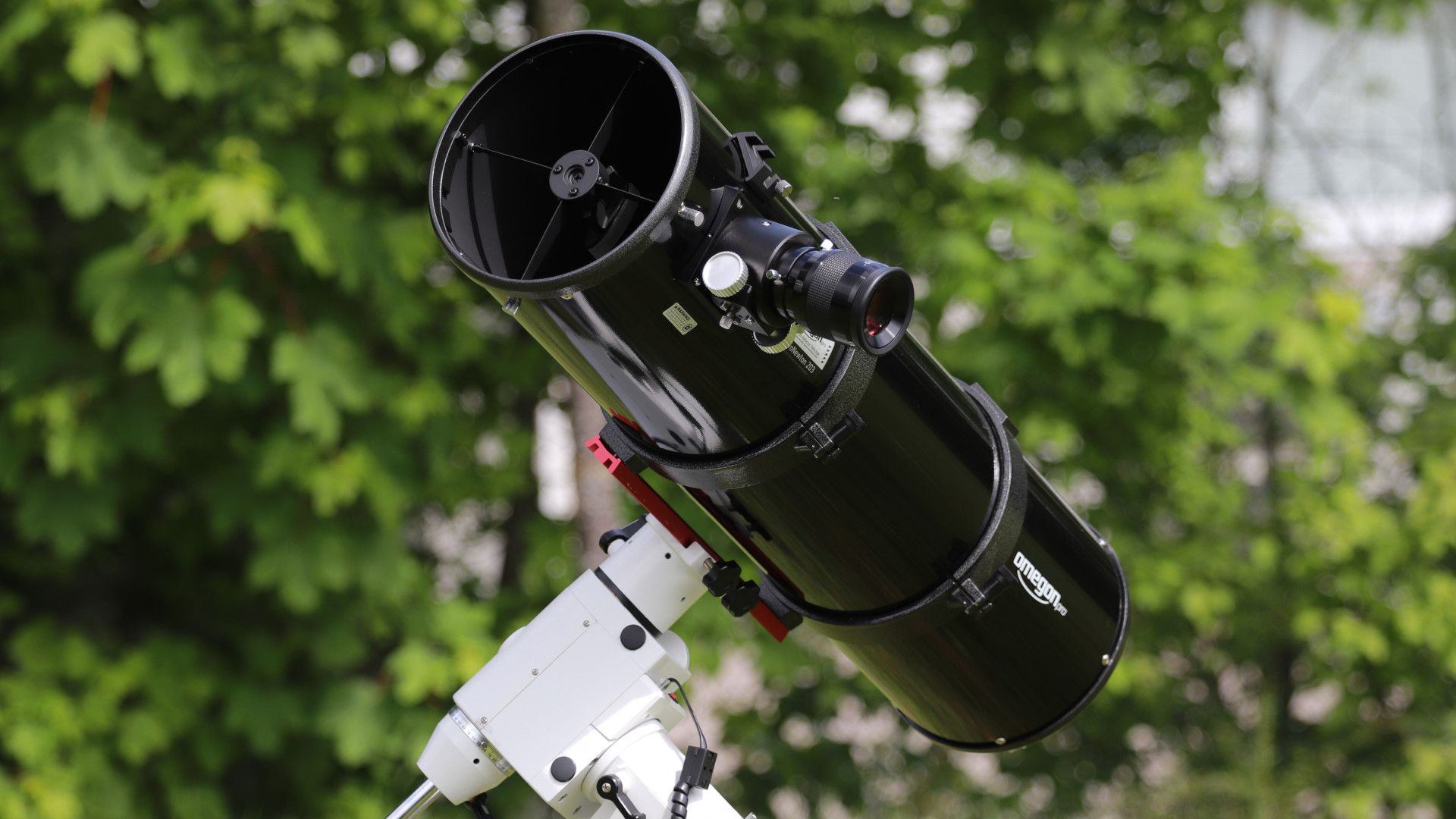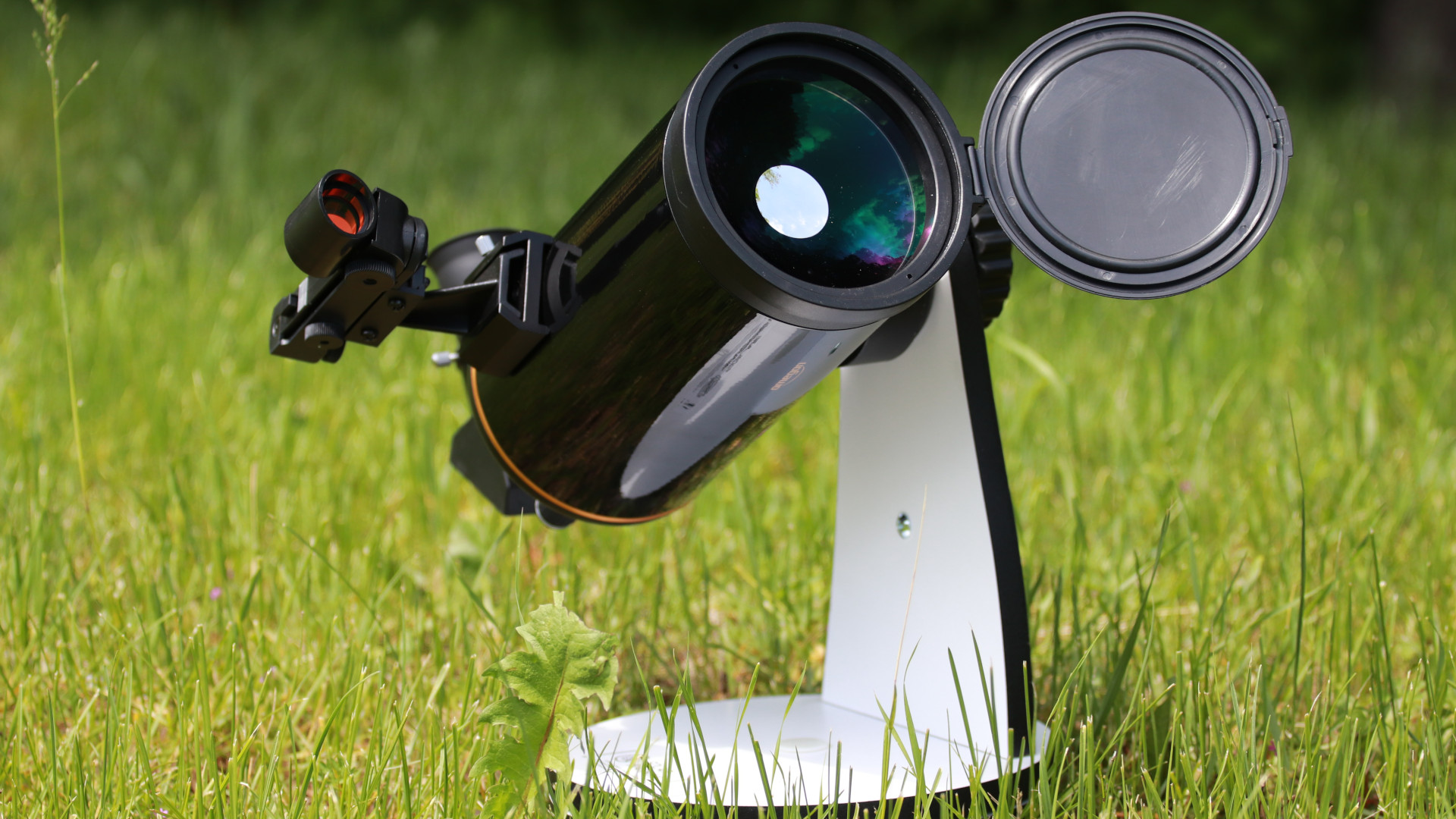Telescope design types
The most important telescope design types, how they differ from one another, and where their strengths lie: refractor, reflector, Schmidt-Cassegrain and Maksutov.

Mirror telescope or refracting lens telescope? Schmidt-Cassegrain or Maksutov? Anyone faced with these agonizing questions before buying a telescope needs to find out about the advantages and disadvantages of the different design types.
Refracting lens telescope:
- Fraunhofer Achromat: classic principle of a refractor, but with chromatic aberration.
- ED Apochromat: two- or three-lens refractor with an ED lens that reduces the most chromatic aberration and ensures maximum contrast. Among these refractors there are also some very well-corrected three-lens optics that correct chromatic aberration and field curvature and so are very suitable for astrophotography.
Reflector mirror telescope
- Newtonian Reflector: classic telescope, named after Isaac Newton, with a main mirror and a secondary mirror. Simple and proven system.
- Maksutov Cassegrain: system consists of a main mirror and a secondary mirror, and a meniscus correction lens.
- Schmidt-Cassegrain: similar to the Maksutov, but instead of the correction lens, a Schmidt plate sits in front of the optics in order to correct chromatic aberration.




